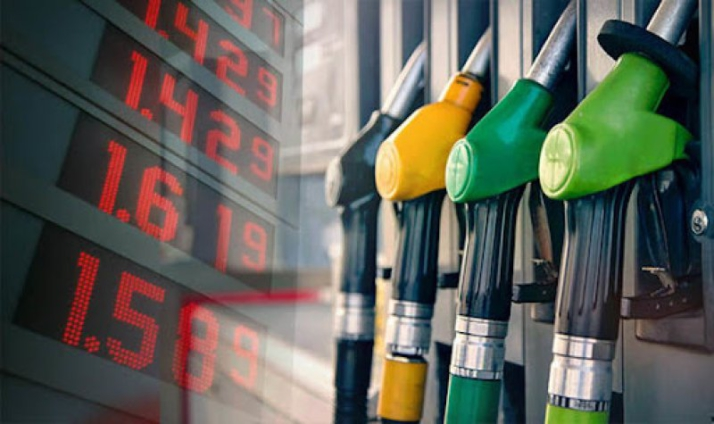ACCRA, Ghana – Ghanaians are in for a rough ride at the pumps with fuel prices set to climb starting Tuesday, September 16, 2025. The Chamber of Petroleum Consumers (COPEC) has forecasted sharp increases, in the second pricing window of September, across key petroleum products, driven by a mix of global market pressures and domestic economic strains.
According to COPEC’s latest projections, petrol prices will jump by 3.98%, diesel by a steeper 9.41%, and liquefied petroleum gas (LPG) by 7.65%. These hikes come on the heels of relative stability in the first pricing window earlier this month, but experts warn they could ripple through the economy, hitting transport costs, food prices, and household budgets hard.
COPEC Executive Secretary Duncan Amoah, who has been vocal on fuel market dynamics, attributed the uptick to several interconnected factors. “The cedi’s ongoing depreciation against the US dollar, combined with rising international crude oil prices, is putting immense pressure on import costs,” Amoah explained in a statement released on Monday September 15, 2025. He added that recent geopolitical tensions in oil-producing regions and supply chain disruptions have pushed benchmark prices higher, leaving little room for relief.
Understanding Ghana’s Fuel Pricing Windows
Ghana’s fuel market operates on a bi-weekly pricing cycle, managed by the National Petroleum Authority (NPA). The system allows Oil Marketing Companies (OMCs) like Star Oil, GOIL and TotalEnergies to adjust pump prices based on the 15-day average of global crude oil benchmarks, exchange rates, and local taxes. The first window typically covers the 1st to 15th of the month, with the second running from the 16th to the end of the month.
This isn’t the first time prices have surged this year. Back in July 2025, a new GH¢1 per liter Energy Sector Shortfall and Debt Repayment Levy took effect, excluding LPG, which COPEC estimated added 6-9% to overall costs. That levy, introduced by the government to address the energy sector’s ballooning debt—projected at over GH¢12.6 billion for fuel imports alone—has been a sore point for consumers and transport unions alike. The Ghana Private Road Transport Union (GPRTU) joined COPEC in July, demanding transparency on how the revenue would be used and calling for time-bound implementation to avoid indefinite price burdens.
Broader Economic Context and Impacts
Ghana’s economy remains vulnerable to fuel price volatility, especially as the country imports nearly all its refined petroleum products despite local refining capacity at Tema. The cedi has remained significantly strong for most part of the first two quarters of 2025. It currently trades at around GH¢12.23 to the dollar, likely to exacerbate import expenses.
The possible hikes, for everyday Ghanaians, spell trouble. Transport fares, which rose 10-15% after similar increases earlier this year, are likely to follow suit. Commuters in Accra and Kumasi have already voiced frustrations, with many predicting knock-on effects on market goods like tomatoes and maize, where transport accounts for up to 30% of costs. LPG, widely used for cooking, could see cylinders jump from GH¢150 to over GH¢160, straining low-income households amid ongoing inflation hovering near 20%.
The business community is equally concerned. Manufacturers and logistics firms, reliant on diesel for operations, warn of potential output cuts if prices stay elevated. “This could undo some of the gains from recent debt restructuring,” noted an analyst from the Association of Ghanaian Industries.
COPEC has urged the government to intervene with targeted subsidies or accelerate the Sentuo Oil Refinery’s full operations to reduce import dependence. “While we appreciate efforts to stabilize the sector, consumers need more than levies—they need affordable energy,” Amoah said. The NPA has yet to confirm the exact adjustments but typically aligns with COPEC’s data, which draws from real-time market feeds.
Public reaction has been swift, with GPRTU leaders hinting at fare hikes if the government doesn’t cushion the blow. Environmental groups, meanwhile, see a silver lining: higher prices might discourage fuel guzzling and push for greener alternatives like electric vehicles, though infrastructure lags far behind.




